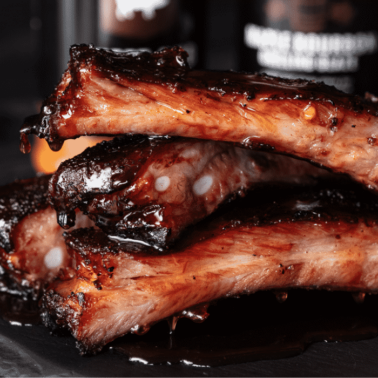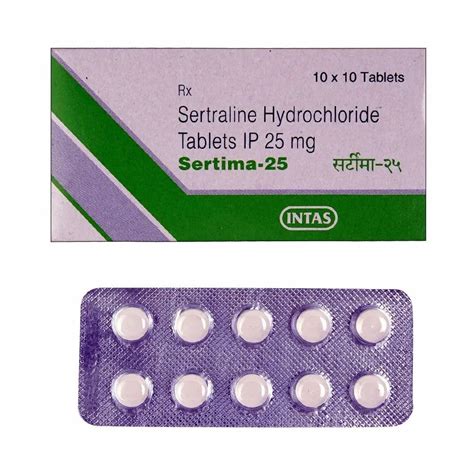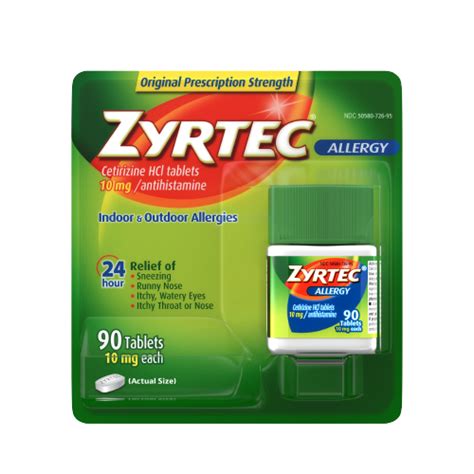The concept of low residue foods is often discussed in the context of managing certain gastrointestinal conditions, such as inflammatory bowel disease (IBD), irritable bowel syndrome (IBS), and bowel obstruction. Essentially, a low residue diet is designed to reduce the amount of undigested food that reaches the colon, thereby minimizing the risk of exacerbating these conditions. But what exactly are low residue foods, and how do they differ from their high residue counterparts?
Understanding Residue in Foods
Residue refers to the portions of food that are not fully digested in the small intestine and therefore pass into the colon. High residue foods are those that contain a significant amount of fiber, which is not fully broken down by digestive enzymes in the small intestine. Examples of high residue foods include whole grains, nuts, seeds, dried fruits, and many raw or undercooked vegetables and fruits. These foods are beneficial for healthy individuals as they promote regular bowel movements, support the growth of beneficial gut bacteria, and can help lower cholesterol levels.
Characteristics of Low Residue Foods
Low residue foods, on the other hand, are easily digestible and leave minimal residue in the colon. They are typically low in fiber and often consist of refined or processed foods. The main goal of a low residue diet is to give the bowel a rest by reducing the amount of stool and minimizing intestinal irritation. Foods that are commonly considered low in residue include:
- Refined Grains: White bread, white rice, plain crackers, and refined pasta are all low in fiber and are easily digested.
- Cooked Vegetables: While raw vegetables can be high in fiber and difficult to digest, cooking them can break down some of the fiber, making them easier on the digestive system. However, it’s essential to avoid or limit vegetables that are high in fiber even when cooked, such as broccoli, cauliflower, and Brussels sprouts.
- Lean Proteins: Foods like chicken, fish, and eggs are low in fiber and can be easily incorporated into a low residue diet.
- Dairy Products: Most dairy products, such as milk, cheese, and yogurt, are naturally low in fiber. However, individuals with lactose intolerance may need to choose lactose-free products or non-dairy alternatives.
- Fruits: While many fruits are high in fiber, especially if eaten raw and with the skin, some fruits like bananas, avocados (in moderation due to their high fat content), and cooked or canned fruits without seeds or skins can be part of a low residue diet.
Implementing a Low Residue Diet
For individuals who need to follow a low residue diet due to medical reasons, it’s crucial to understand that this diet should be temporary and used under the guidance of a healthcare provider or a registered dietitian. Prolonged consumption of a diet low in fiber can lead to constipation, decreased beneficial gut bacteria, and potential nutrient deficiencies.
Key Considerations
- Individual Needs: The specific foods that are considered low residue can vary depending on the individual’s health condition and personal tolerance.
- Nutritional Balance: It’s vital to ensure that while reducing residue, the diet remains balanced and provides all necessary nutrients. Supplements may be recommended in some cases.
- Gradual Introduction: When transitioning back to a regular diet from a low residue diet, it’s essential to introduce high fiber foods gradually to allow the digestive system to adjust.
Conclusion
Low residue foods play a critical role in the management of certain gastrointestinal conditions by minimizing the amount of undigested food that enters the colon. While a low residue diet can be beneficial in specific medical contexts, it should be approached with caution and ideally under professional guidance to avoid potential nutritional imbalances and to ensure that the diet meets the individual’s overall health needs.
What is the primary goal of a low residue diet?
+The primary goal of a low residue diet is to reduce the amount of undigested food that reaches the colon, thereby minimizing the risk of exacerbating certain gastrointestinal conditions.
Which foods are typically considered low in residue?
+Refined grains, cooked vegetables, lean proteins, dairy products, and certain fruits like bananas are considered low in residue.
Should a low residue diet be followed long-term?
+No, a low residue diet should be temporary and used under the guidance of a healthcare provider or a registered dietitian to avoid potential nutritional deficiencies and other health issues.



